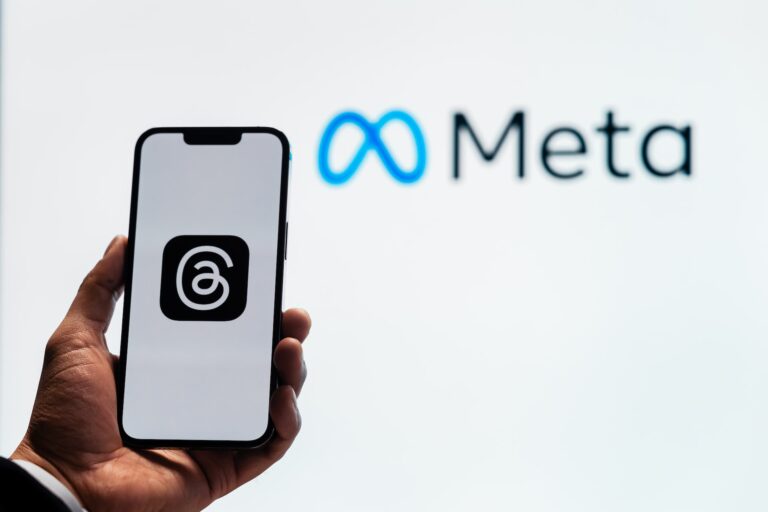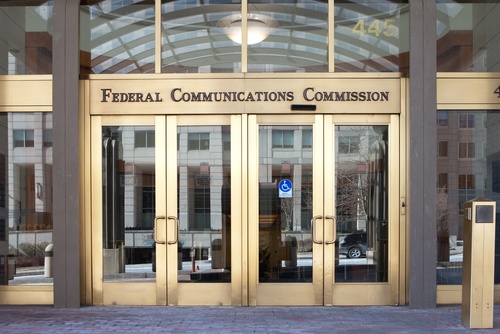Key Takeaways
• Google adds GPU rendering to the Android Terminal app
• Graphical Linux tools now use hardware acceleration
• Users see lower lag and better battery life
• Android edges closer to a desktop-level platform
Google just rolled out a big update to its Linux Terminal app on Android. Now, graphical Linux apps can tap into the device’s GPU rendering power. In simple terms, apps that show complex graphics will feel more responsive. They will also use less battery while they run smoothly. As a result, Android users and developers get a more robust platform. This move makes Android feel more like a traditional desktop computer.
Why GPU rendering Matters on Android
First, let’s clarify what GPU rendering means. A GPU, or graphics processor, handles images and video. Without GPU rendering, the main processor must crunch graphic data. That work can slow down apps and waste energy. However, by offloading graphics to the GPU, Android apps can run faster and cooler. Thus, developers can bring powerful Linux tools to tablets and phones. They no longer need to worry about performance slowdowns or high power draw.a
Moreover, GPU rendering reduces the lag you feel when you move windows or edit images. With this new feature, animations stay smooth even under heavy load. In addition, apps that rely on real-time graphics, like simulation tools, will benefit the most. As a result, anyone building graphical Linux apps on Android will find their work more efficient.
What Users and Developers Can Expect
Thanks to GPU rendering, users will spot an immediate difference. First, Linux apps that use GUIs will open faster. Then, menus and icons will respond without delay. Even scrolling through code editors or image previews will feel snappier. As a result, developers can test desktop-grade applications on the go. They can code, compile, and debug right on their tablets.
Developers also gain more freedom. They can port complex Linux software without heavy rewrites. They simply rely on the Terminal app’s new hardware acceleration. Consequently, the barrier between mobile and desktop workflows shrinks. In turn, this update could spark new creative projects on Android devices.
Bridging Mobile and Desktop Power
Android has long been a flexible platform for apps and games. However, it never quite matched a full desktop environment. Now, with GPU rendering in the Terminal app, that gap narrows. Users can run Linux window managers, code editors, and graphical utilities as seamlessly as on a laptop. This change turns tablets into versatile workstations.
Furthermore, this update shows Android’s ambition. By supporting hardware acceleration for Linux tools, it challenges rival mobile systems. It signals that Android can handle not only apps from its store but also serious desktop software. In time, we might see new Android devices aimed at developers and power users.
Battery Life and Performance Gains
Not all power boosts come at a cost. In fact, GPU rendering often uses less energy than relying solely on the main processor. When graphics tasks shift to the GPU, the CPU can rest or focus on other tasks. Thus, the device’s battery can stretch through longer coding sessions or media editing.
Additionally, hardware acceleration cuts down on heat generation. That means cooler operation and less thermal throttling. Consequently, your tablet or phone can sustain high performance for longer. In short, this feature does more than speed up apps. It makes your device last longer and work harder when you need it.
Looking Ahead for Android Terminal
With GPU rendering in place, what’s next? Google may expand hardware acceleration to more Android apps. We could see similar boosts in gaming, video editing, or augmented reality tools. Moreover, community developers might adapt this feature for custom Android builds.
Also, this update might inspire new accessories, such as docks and external monitors. Paired with GPU-powered Linux tools, a tablet could become a full desktop replacement. Such setups would let students, creatives, and IT pros work anywhere without lugging a laptop.
In the near term, developers will tweak their apps for best performance. They may fine-tune graphics settings or explore new workflows in the Terminal. Over time, this could lead to fresh Linux distributions optimized for Android devices.
Conclusion
Google’s addition of GPU rendering to the Android Terminal app marks an important shift. It highlights the platform’s growing strength and flexibility. Users gain smoother graphics and longer battery life. Developers can bring real desktop software to tablets and phones. Ultimately, this update pushes Android toward a future where mobile devices rival traditional computers.
Will this move change how you use your Android device? It might inspire you to try new Linux tools on your tablet. As Android continues to evolve, device boundaries blur and creative possibilities expand. GPU rendering has made that promising path even clearer.
FAQs
How does GPU rendering improve speed on Android?
By shifting graphic tasks to the GPU, the CPU has less work. This change cuts down on lag and boosts app responsiveness.
Can older Android devices use this feature?
Older devices may gain partial support if their hardware can handle GPU acceleration. However, the best results come on newer chips.
Will GPU rendering drain my battery faster?
No. In most cases, GPU rendering is more energy-efficient. It reduces CPU load and keeps the device cooler for longer use.
How soon can developers access this update?
The feature is already rolling out in the latest version of the Android Terminal app. Developers can update and start testing right away.










